“Screen ready” is a term used often in the entertainment industry, but it is rarely understood. For many, it suggests last-minute dieting, dehydration, or an intense burst of gym work to look lean for a few days on camera.
In reality, screen ready training is a structured process that prepares a performer not only to look the part, but to move and perform in a way that is believable and sustainable throughout filming.
It recognises that the body on screen is more than a visual. It is a tool for storytelling. A screen ready performer must be strong, mobile, and durable enough to repeat physical scenes safely, while maintaining the aesthetic that the camera demands.
It is the difference between a body that has been trained for a moment, and one that has been prepared for months.
The Real Definition of Screen Readiness
Being screen ready is not just about appearance. It means a performer can look, move, and perform in a way that matches the physical demands and creative intent of the role. It is about consistency, control, and dependability throughout the entire shoot.
A screen ready performer is prepared across several dimensions:
- Physical readiness: strength, coordination, and movement quality that allow the performer to complete long days, choreography, and repeated takes without breakdown or compensation.
- Aesthetic readiness: achieving the specific physical look that the performer and production team have envisioned.
- Functional readiness: the ability to reproduce repeated movement patterns, fight sequences, or stunt elements safely and consistently, and without risk.
- Psychological readiness: the confidence that comes from thorough preparation. Knowing the work has been done removes distraction and allows the performer to focus entirely on the role.
When these qualities align, the result is not only a body that fits the screen but a performer who can inhabit the role fully and reliably for as long as the production requires.
Why Quick Fixes Don’t Work
Shortcuts can produce a temporary change in appearance, but they rarely create a screen ready performer. Extreme dieting, dehydration, or high-volume crash training can deliver an immediate visual shift, but those same methods reduce energy, flatten muscle tone, and increase the risk of injury or illness.
Film schedules are demanding. Days are long, call times unpredictable, and physical scenes can need to be repeated many times. If an actor has reached their target look through exhaustion or under-fuelling, it will show.
Screen ready physiques are not created through panic phases or last-minute efforts. They are built through structured, progressive training that respects recovery, manages nutrition intelligently, and develops durability alongside appearance.
How the Process Works
Screen readiness is not achieved by chance. It is the outcome of a structured and coordinated process that aligns training, nutrition, recovery, and supplementation with the requirements of both the role and the production schedule.
Most preparation follows a five-stage progression:
- Assessment phase: establish the starting point. This includes detailed analysis of movement quality, strength, mobility, body composition, and any previous injuries or restrictions. Lifestyle factors such as sleep, nutrition, and stress are also reviewed. The assessment provides the data needed to plan the journey accurately and measure progress along the way.
- Foundation phase: build the base of movement quality, joint integrity, and aerobic fitness. The aim is to create the capacity for training volume to increase safely. Nutrition focuses on balance and regularity, ensuring consistent energy intake and adequate protein to support recovery.
- Development phase: introduce structured resistance and conditioning work to build strength, muscle, and work capacity. Training loads are managed carefully to maintain recovery. Dietary intake is increased to match energy demands, while supplementation supports performance, sleep, and general health.
- Refinement phase: adjust training and nutrition to meet the visual and physical brief for the role. Small, precise changes in exercise emphasis, macronutrient ratios, or hydration help achieve the proportions, posture, and tone that suit costume, lighting, and the story context.
- Peak phase: apply controlled, short-term adjustments to highlight the physique on camera while maintaining energy, hydration, and focus.
- Electrolytes and trace minerals support hydration control.Creatine helps maintain muscle fullness and strength.Caffeine or theanine combinations aid focus and alertness during long or early days.Digestive enzymes reduce bloating and stomach distension for a flatter, tighter midsection on camera.
The On-Set Reality
Once filming begins, the focus shifts from preparation to preservation. The aim is to maintain the look, energy, and movement quality that were achieved during the preparation phases, despite long hours, changing call times, and unpredictable conditions.
Training frequency usually reduces, but consistency remains. Short, well-planned sessions maintain muscle tone, joint health, and movement efficiency without adding fatigue. Mobility and activation work help keep posture and control sharp when scenes are physically repetitive.
Nutrition becomes more about practicality than perfection. Meals need to be easy to digest, accessible, and timed around filming blocks. Supplementation can be simplified to essentials such as electrolytes, creatine, and caffeine for focus. Hydration management is also key, particularly when costumes restrict movement or airflow.
Sleep, recovery, and downtime are treated as non-negotiable. The ability to restore energy between shooting days often determines how well a performer maintains both appearance and performance.
The screen ready process does not end when the shoot starts. It evolves.
It becomes a maintenance strategy that keeps the performer looking right and physically available.
Final Thoughts
Being screen ready is not a finish line. It is an ongoing state of preparation that allows a performer to look the part, move well, and stay available for every scene. The process is structured, evidence-based, and tailored to the unique demands of each production.
The best results come from early assessment, consistent training, intelligent nutrition, and recovery practices that can be sustained through the entire shoot. When all of these elements align, the outcome is a performer who not only looks right for the role, but can deliver with confidence and reliability.
Frequently Asked Questions
How long does it take to become screen ready?
That depends on the role and the starting point, but a good guideline is between 8 and 16 weeks of structured preparation, but complex roles can take longer. The earlier the process begins, the greater the opportunity to build results that are both sustainable and safe.
What type of training is used for screen readiness?
Screen ready training is highly specific. It combines strength development, conditioning, and movement coaching to create a physique that both looks right for the role and performs reliably under filming conditions. The aesthetic outcome is essential because film is a visual medium, but it is never achieved at the expense of health. Every training phase is planned, measured, and adjusted according to the shoot schedule and production brief.
Do actors follow strict diets to get screen ready?
Sometimes, yes. When significant physical changes are required, nutrition is tracked closely and adjusted with precision. Strict does not mean unhealthy: calorie targets, macronutrients, and supplementation are all monitored to maintain energy, cognitive function, and recovery. Every aspect of diet is aligned with the performer’s physiology and the demands of the role.
Are supplements necessary for screen readiness?
It depends on the starting point and the goals of the role. Supplementation provides the final layer of refinement: the icing on the cake of structured training and nutrition. Used correctly, supplements can support hydration, digestion, recovery, and appearance. They are never a shortcut, but they can make a measurable difference when integrated into a complete process.
What happens once filming starts?
Once production begins, the focus shifts from building to maintaining. Training frequency reduces, but precision remains. Short, well-planned sessions. Nutrition and recovery are managed carefully to preserve the look and performance that were achieved during preparation.

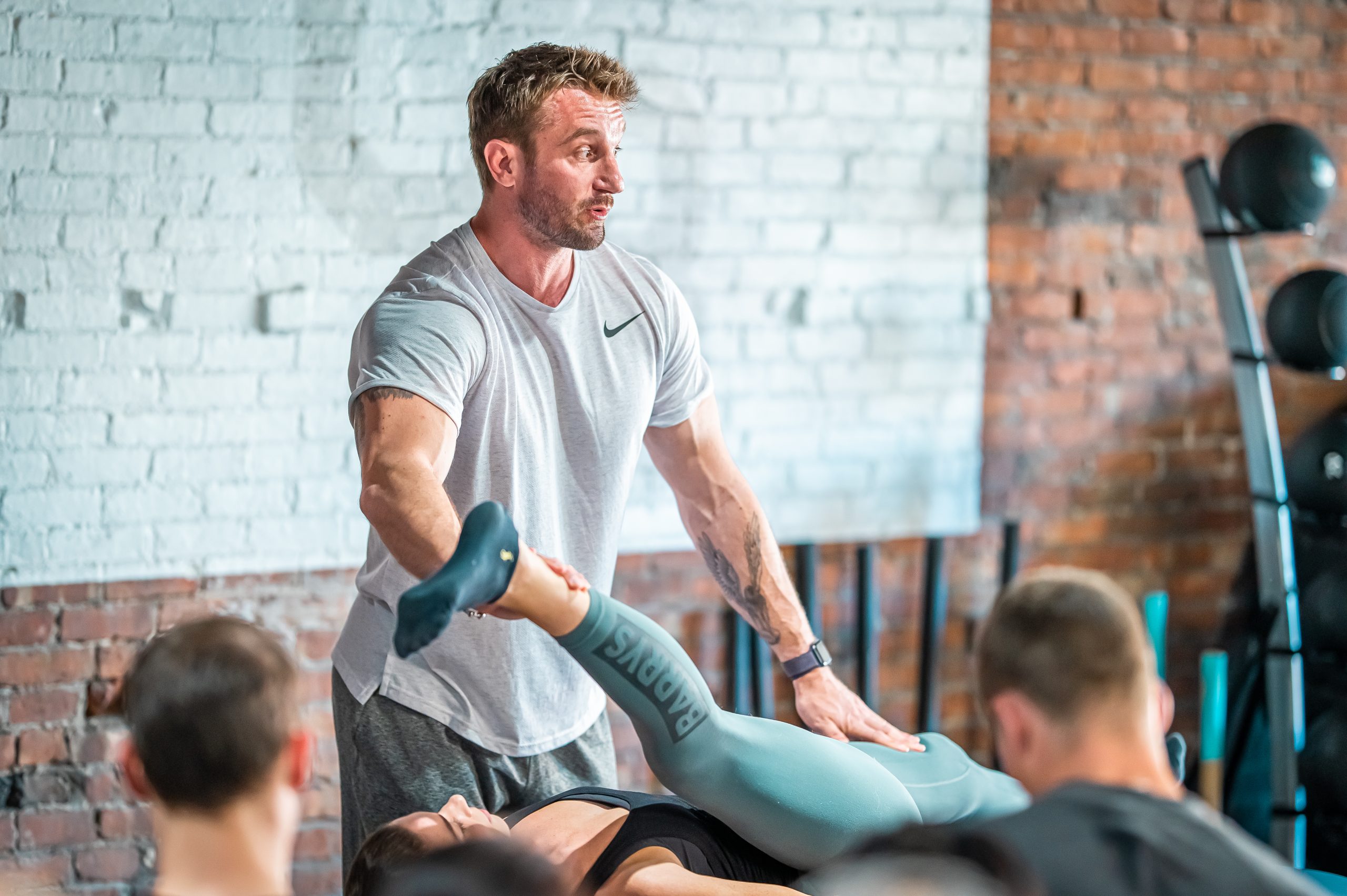
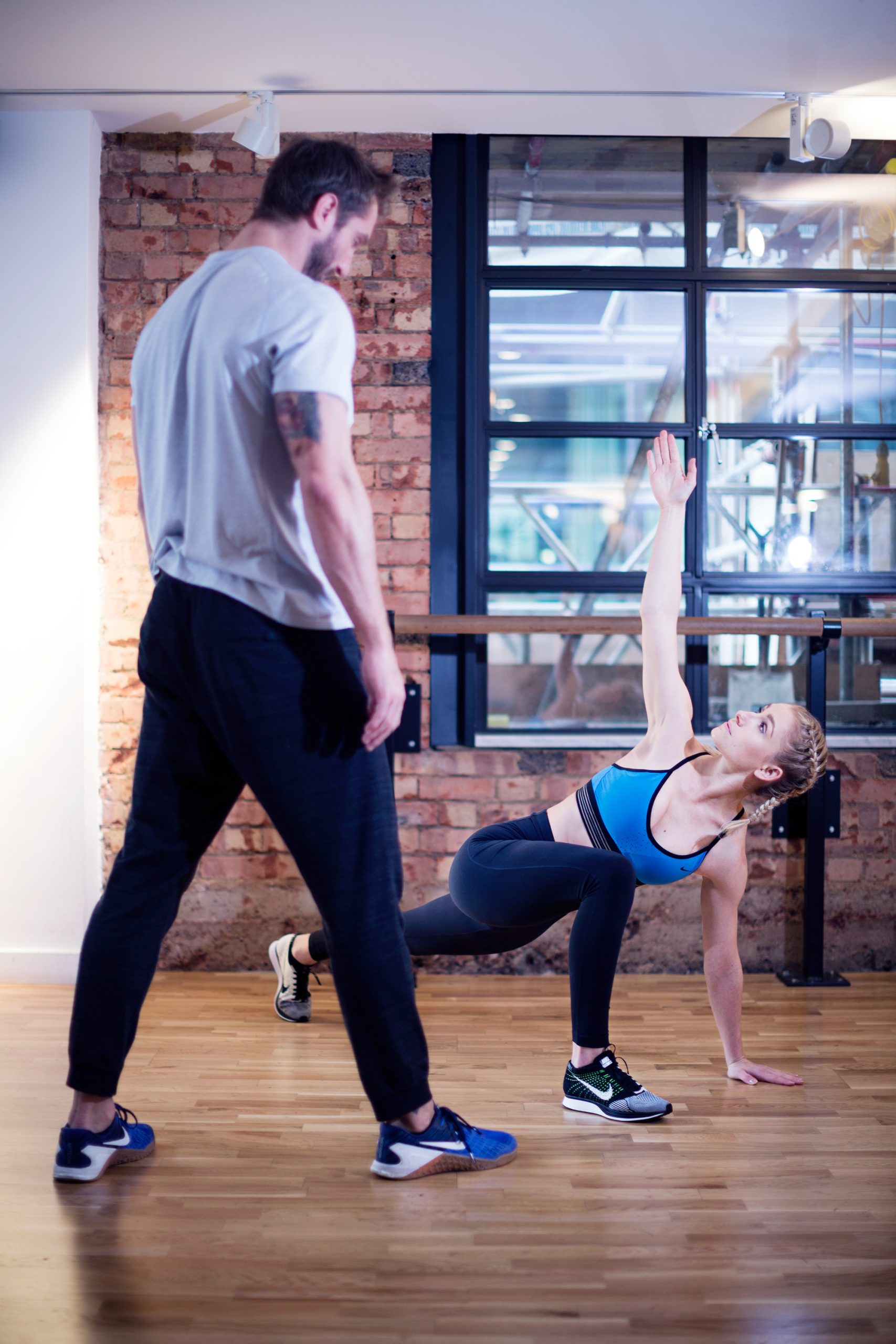
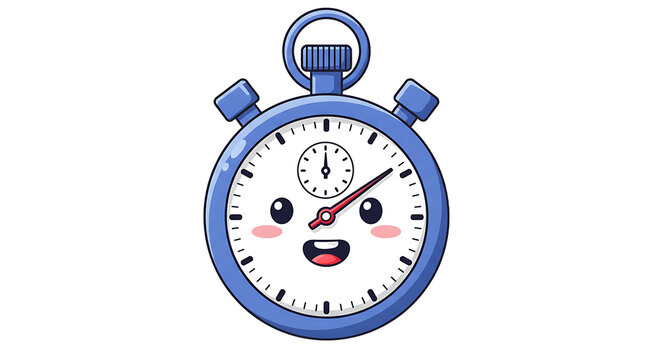
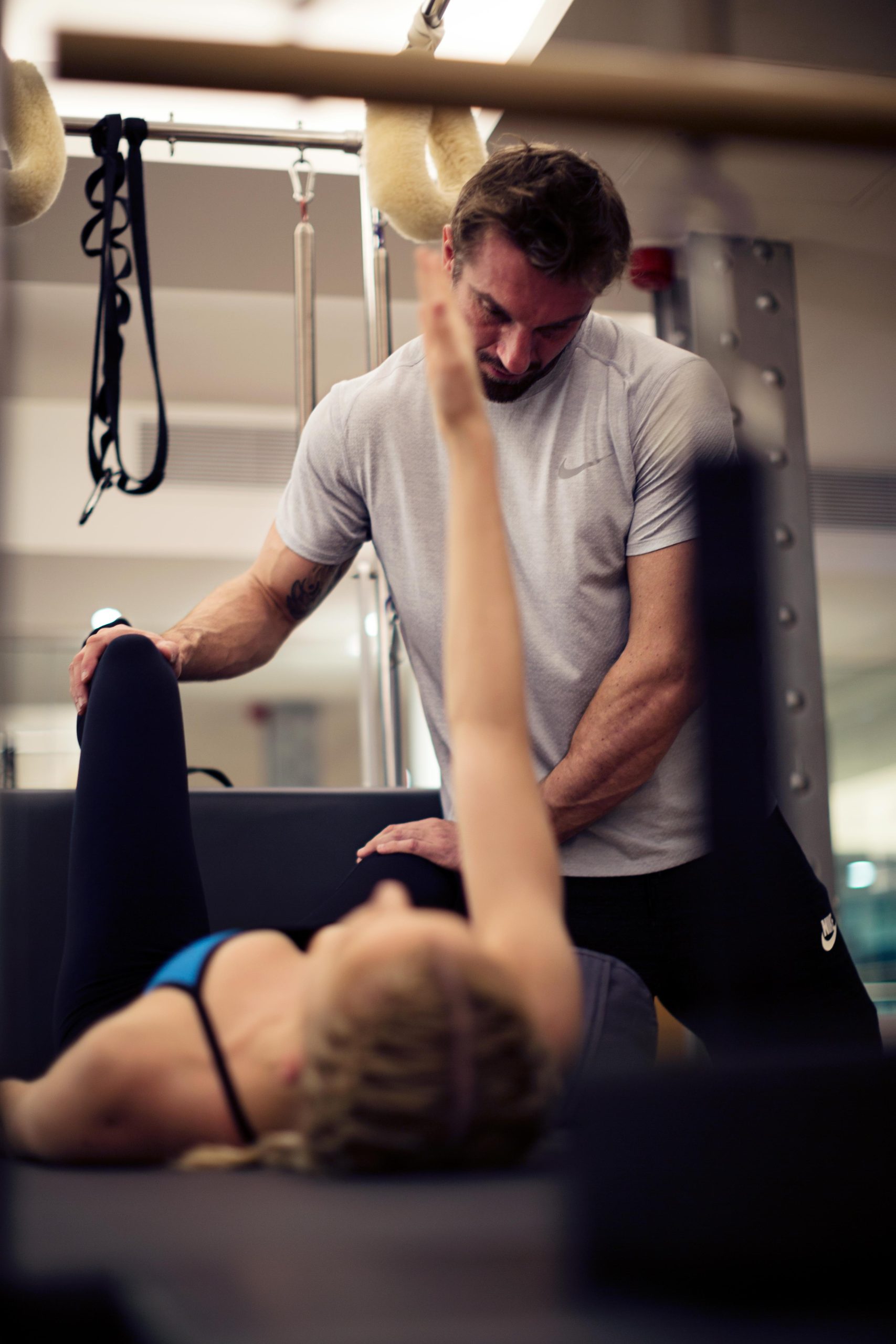
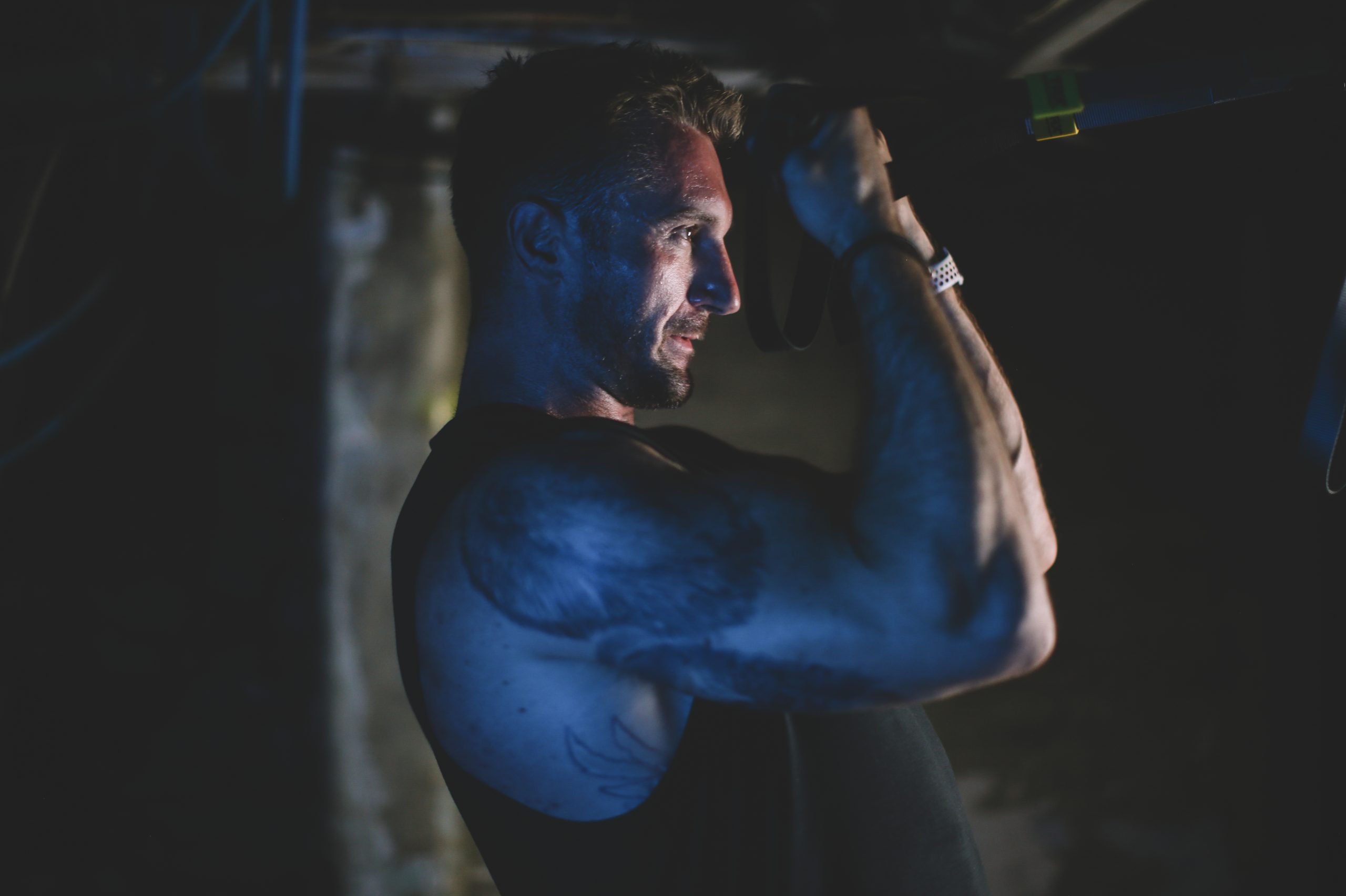
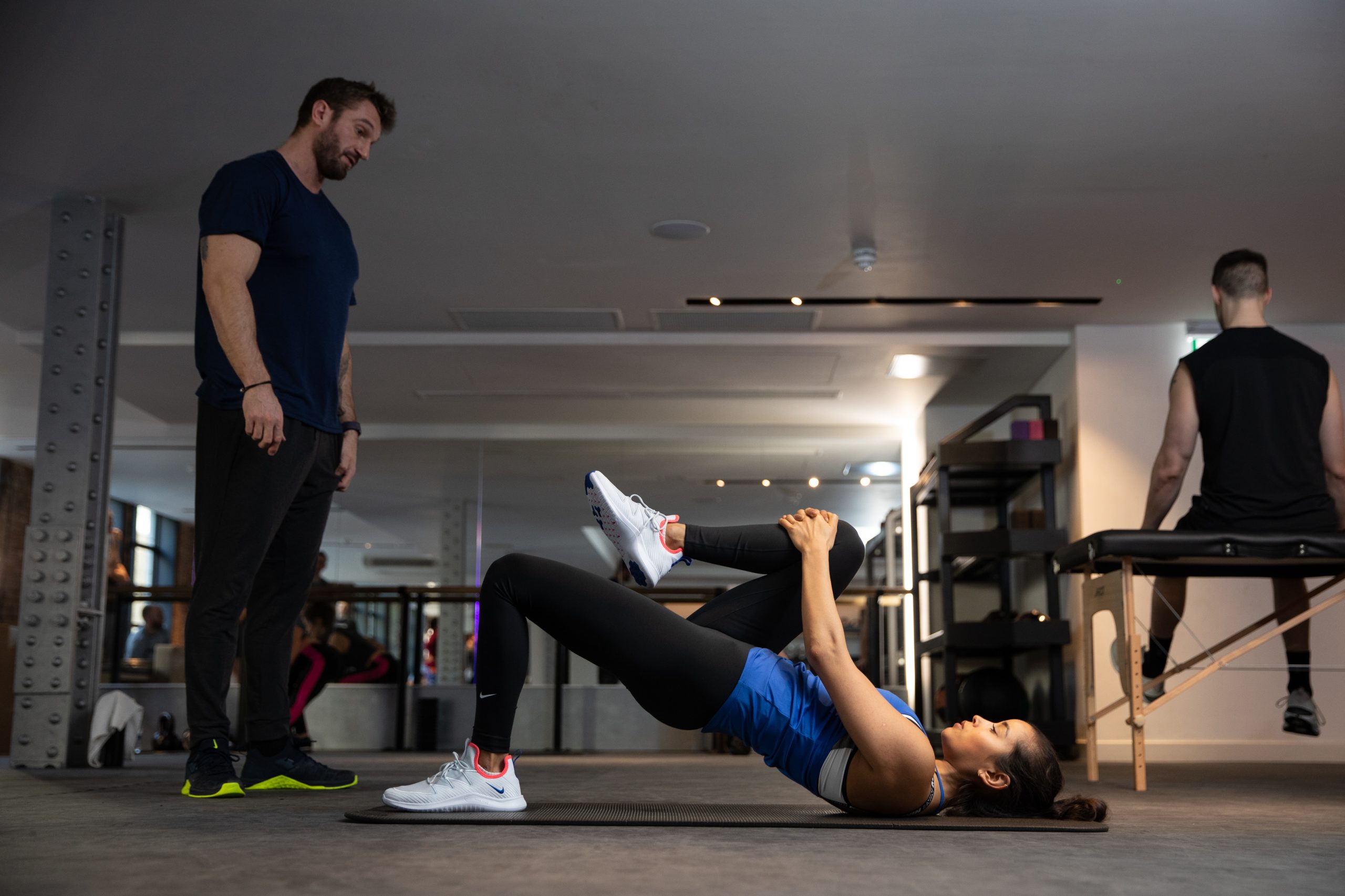
Leave A Comment
You must be logged in to post a comment.